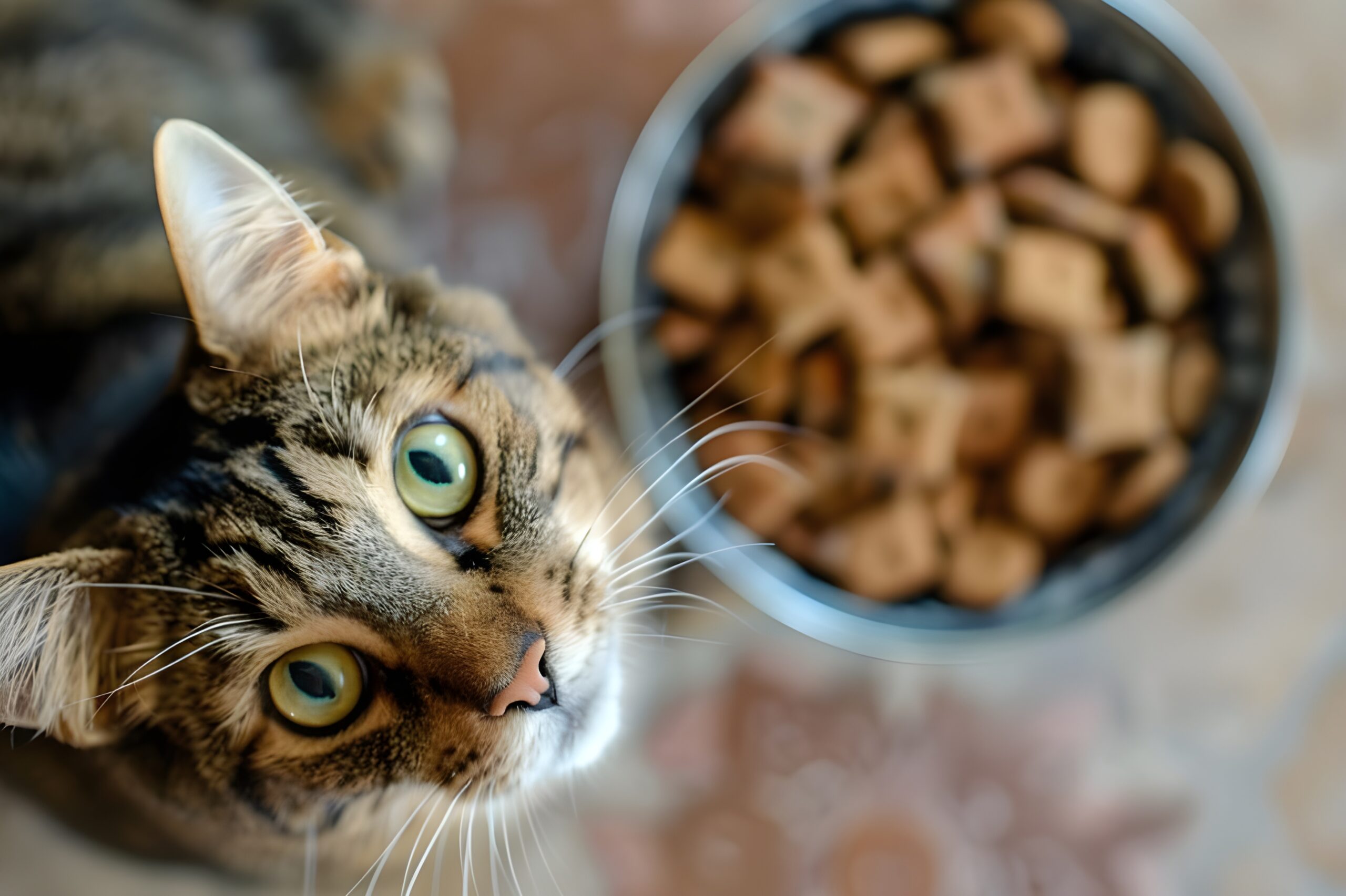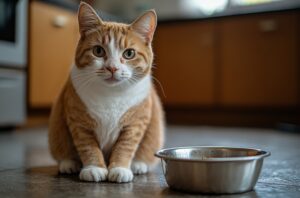
The particular nature of cats extends to their eating habits, making cats picky about wet food despite it being a basic necessity. The following factors explain their distinctive preferences.
1. Cats Are Creatures of Habit
Cats thrive on routine. Your pet which has consumed dry kibble routinely for multiple months will probably experience discomfort when you introduce wet food to their diet. The strong preference cats have for particular food textures and tastes makes it difficult for them to accept new meal options.
2. Texture and Consistency Preferences
The food preferences of cats include specific requirements regarding food texture and shape. Each cat has its own preferred food type between pâtés and shredded meats with gravy-covered chunks. The food texture mismatch will make cats completely reject the food.
3. Temperature Sensitivity
The majority of cats choose not to eat food which feels too cold to their sensitive palates. The temperature of their food matters to cats because it should be near body temperature to resemble their natural prey from the wild. Food straight from the refrigerator lacks an enticing odor for fussy cats who refuse to eat it.
4. A Cat’s Strong Sense of Smell
The olfactory system in cats operates 14 times more powerfully than the human nose. Your cat will avoid eating during mealtime when the scent of the wet food fails to attract them or when it presents an unknown smell.
5. Medical Issues Could Be a Factor
The presence of dental pain along with gastrointestinal issues and stress and anxiety can develop food aversions in cats. A sudden change in eating habits should prompt you to book an appointment with your veterinarian to eliminate possible health problems.
6. Sensitivity to Ingredients
Your cat might reject wet food because of its artificial additives or specific protein ingredients (chicken or beef) which do not agree with their taste or digestion system.
Quick Stat
The American Society for the Prevention of Cruelty to Animals (ASPCA) reports that food allergies and intolerances affect about 20% of cats throughout their life span.
How to Encourage Picky Cats to Eat Wet Food
These guidelines will assist you in persuading your cat to consume wet food even though they prefer to give you the death stare instead of eating.
Test Different Textures
Feeding time should become a testing period for different food textures. Wet food products come in four different forms including pâté, gravy-based, flaked and chunky. Keep testing multiple textures to identify the food format that your cat finds most desirable.
o Warm It Up
Warming the wet food slightly will release its aroma and raise its temperature. The food can be heated in a microwave-safe dish for 10-15 seconds while you can also add a small amount of warm water. Check the temperature before feeding to verify it is not excessively hot.
o Mix It with Dry Food
You should blend a tiny amount of wet food with dry food when transitioning your cat from kibble to wet food. Try increase the amount of wet food little by little and watch as your cat gradually adopts this new feeding method.
o Stick to Mealtime Schedules
You should create a regular feeding schedule which will teach your cat to wait for meals during particular daily times. Free-feeding along with leaving uneaten wet food out is not recommended because stale food tends to repel cats.
o Choose High-Quality Food
Wet foods differ greatly in their quality standards. Select food brands which contain natural protein ingredients while avoiding artificial additives in their products. Veterinarians endorse the high-quality wet cat food brands Fancy Feast and Wellness and Hill’s Science Diet.
o Experiment with Protein Varieties
Each cat shows preference for different protein types among fish, turkey or rabbit. Test various protein ingredients to determine what your cat prefers as food.
Practical Tip
Create a table like this to track your experiments and help identify what your cat loves most!
| Food Brand | Texture Type | Protein | Reaction |
| Fancy Feast | Gravy | Chicken | Licked once, ignored |
| Wellness | Pâté | Turkey | Ate halfway |
| Hill’s Science | Grilled | Salmon | Ate it all |
Questions & Answers
Q1. My cat shows no consistency when it comes to eating wet food because one day he eats it but the next day he refuses it.
The fickleness of cats leads them to lose interest in their usual meal choices. Several safe brands and different flavors introduce into your cat’s meals will help maintain their interest throughout their feeding time.
Q2. When your fussy cat avoids meals during some days it is necessary to check if they need medical attention?
Your cat skipping one meal is not something to worry about unless they avoid eating for more than 24 hours then you should seek veterinary advice. The prolonged absence of food in cats can cause the development of hepatic lipidosis which becomes a dangerous liver condition.
Q3. Is it possible to provide my cat with only wet food as their diet?
Yes! Wet food serves as an ideal hydration source while fulfilling all nutritional needs of your cat. Choose a brand of wet food that maintains proper nutritional balance.
Q4. Can you substitute treats for wet food as a meal substitute?
Wet food should not substitute a regular balanced meal. Treats work well as rewards yet they do not supply the essential nutrients that your cat needs for long-term health.
Why Wet Food Is Worth the Effort
Wet food benefits for cats exceed the difficulties of matching their preferences even if they are picky eaters.
- Better Hydration
The high water content of 75% in wet food serves as an ideal hydration solution particularly for cats who avoid drinking water.
- Healthier Weight Management
When it comes to calories per ounce wet food contains fewer calories than dry kibble thus facilitating easier weight management for your cat.
- Superior Nutrition
Wet foods of superior quality provide better nutritional value through increased proteins and reduced filler content which helps pets receive important dietary nutrients.
Tufts University’s Cummings School of Veterinary Medicine suggests combining wet and dry food as an ideal solution for most cats’ health requirements and taste preferences.
Wrapping It All Up
To understand your cat’s selective eating habits regarding wet food you must investigate thoroughly because this knowledge will help you achieve both their health and happiness. Apply patience along with testing new textures along with multiple flavors while tracking different feeding methods to discover their food preferences.
Additional support for your cat’s feeding needs can be obtained by seeking advice from your veterinarian.

Leave a Reply